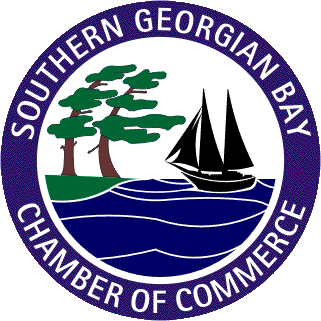Who are we
The Midland Chamber of Commerce was founded in 1928 by businessmen and community leader of Midland and in the 2000’s join together with the Penetanguishene Tiny Chamber of Commerce to create the Southern Georgian Bay Chamber of Commerce.
The Southern Georgian Bay Chamber of Commerce is a dedicated non-profit organization that represents more than 300 business members and their employees throughout the municipalities of Midland, Penetanguishene, Tiny, Tay, and surrounding areas. The Chamber’s Volunteer leadership and staff are committed to investing in the community, helping members succeed, and creating prosperity for Southern Georgian Bay.
History of Southern Georgian Bay
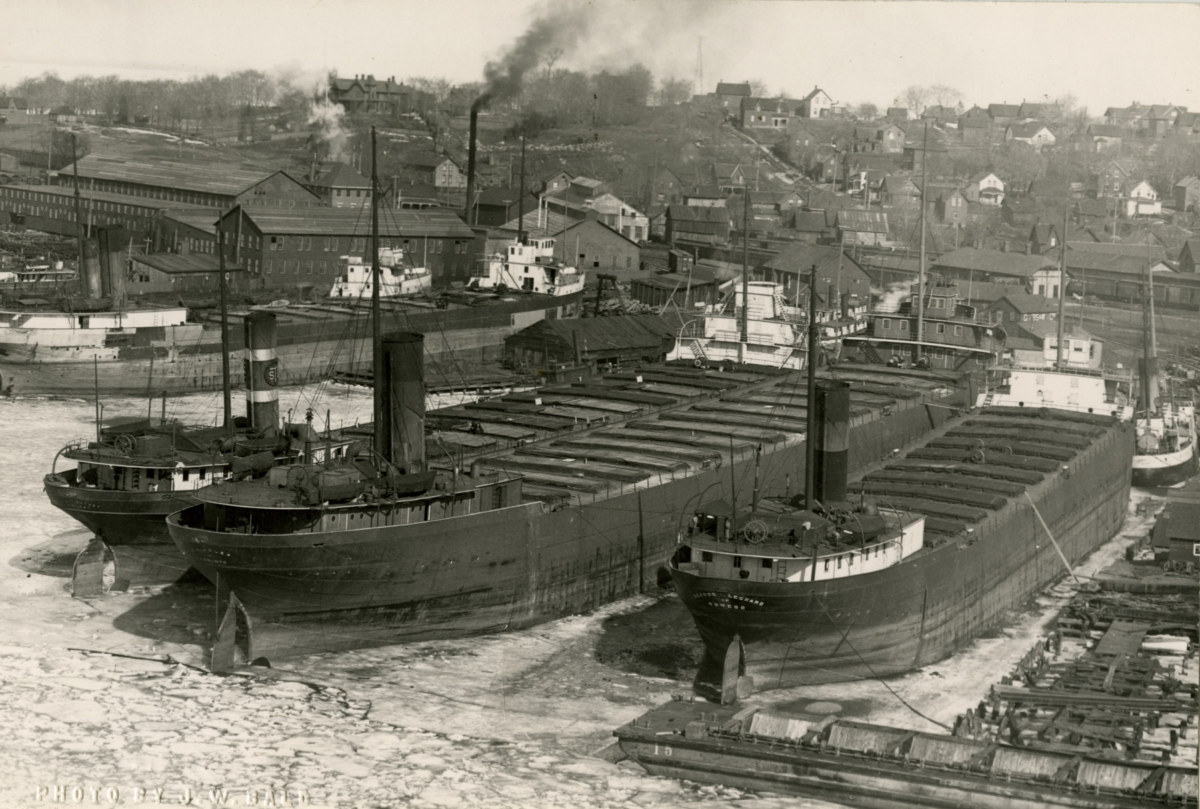
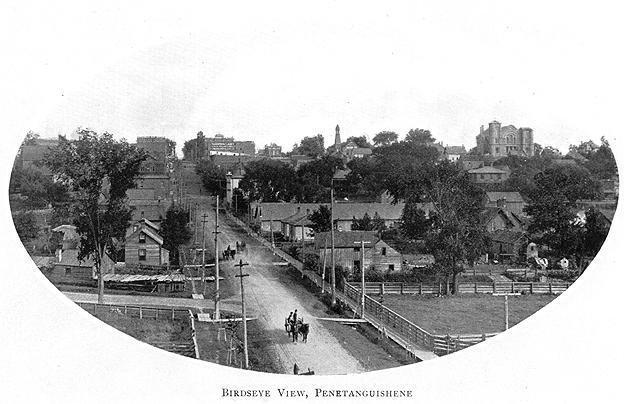
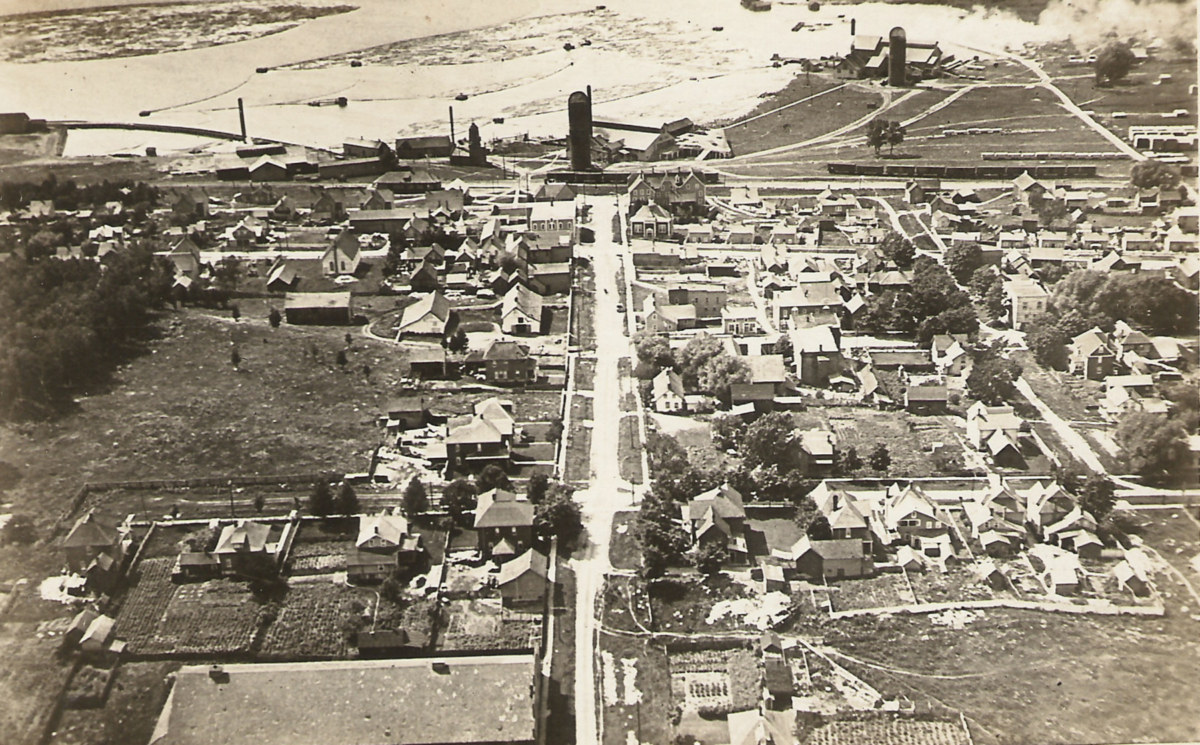
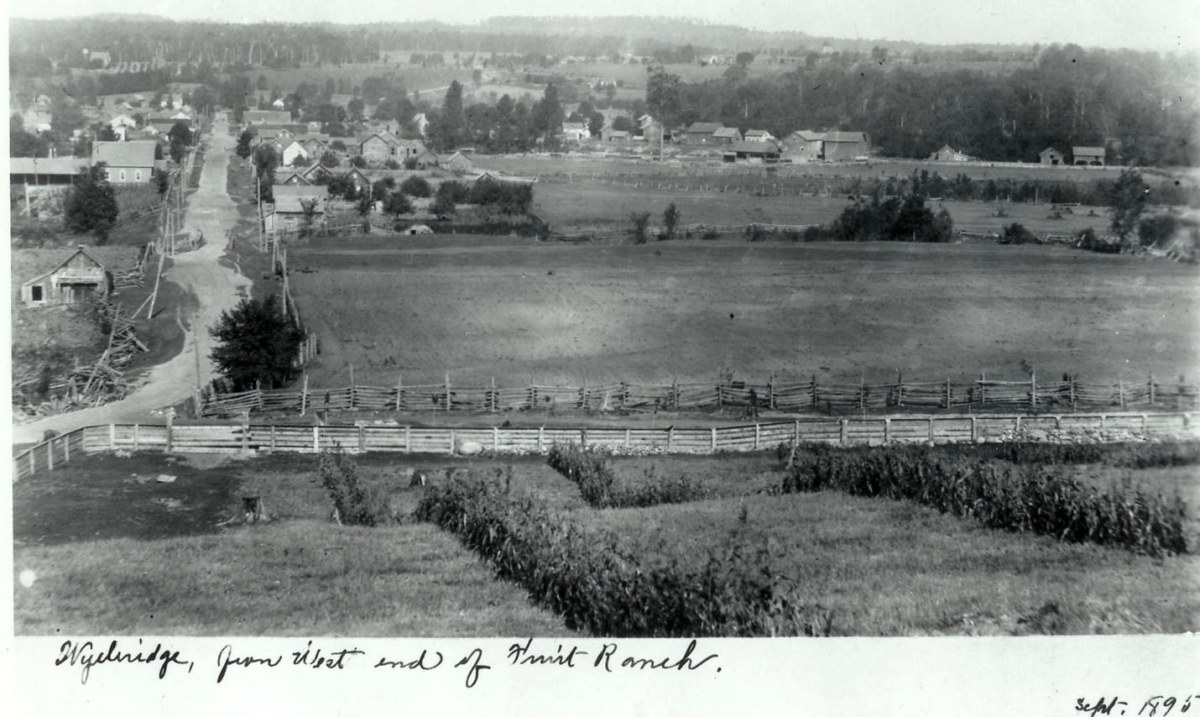
Midland
Midland was founded in 1871 as a terminal point for the Toronto, Simcoe, and Muskoka Railways. The town was named after its location, which is situated approximately halfway between Toronto and Georgian Bay. However, prior to the town incorporation it was known by several names including Mundy’s Bay, Hartley’s Landing, and Abedar.
In the late 19th century, the town became an important center for the logging industry, with many sawmills and timber companies operating in the area. By the early 20th Midland began to develop as a tourist destination, attracting visitors from across North America to its beautiful beaches and parks.
Tay
Early history stretching back centuries shows that First Nation peoples primarily Wendat (Hurons) used the area for farming and trapping. In 1615 the first Christian mission in the area was established named Huronia in 1639 the Jesuits established its headquarters at Ste. Marie on the Wye River. From 1615 with the help of the governor of Quebec, Samuel de Champlain the Wendat were at war with the Iroquois Confederacy until 1649 after an attack led to the Jesuist abandon and burn their headquarters at Ste. Marie, and retreat with their Wendat converts, first to Christian Island and then to Quebec in the following year. By 1798 Europeans had moved into the area and the Ojibwa sold much of the land in present-day Tay and Tiny Townships to the government of Upper Canada for settlement. In 1822 Tay was officially named after the pet dog belonging to Lady Sarah Maitland. The Baldwin Act of 1850 established the Corporation of the United Townships of Tiny and Tay then in 1868, the townships were separated. Tay was primarily agricultural throughout much of its history, with farmers growing crops such as hay, oats, and potatoes. In the late 19th and early 20th centuries, Tay also experienced growth due to the lumber industry, with several sawmills and woodworking mills operating in the area which led to the settlement of Hogg’s Bay, later renamed Victoria Harbour in honour of the reigning monarch. In 1912 the Canadian Pacific Railway built its own port on Georgian Bay in Port McNicoll moving its 5 steamships the Assiniboia, the Keewatin the Alberta, the Athabasca, and the Manitoba.In the late 19th century, the town became an important center for the logging industry, with many sawmills and timber companies operating in the area. By the early 20th Midland began to develop as a tourist destination, attracting visitors from across North America to its beautiful beaches and parks.
Penetanguishene
As early as AD 800 the Wyandot people settled in semi-permanent villages in the area. The earliest European visitors were Étienne Brûlé in 1613 and Samuel de Champlain in 1615, developing links between New France and the Hurons. Canoeing into Penetanguishene Bay, Brûlé landed in Toanche, and befriended the Hurons, living among them Huron until his death in 1633. The bay’s strategic potential was also recognized by Lieutenant-Governor John Simcoe in 1793 and Penetanguishene was developed as an Upper Lakes naval base in 1817. The name “Penetanguishene” comes from the Wyandot or Abenaki via the Ojibwe and means “land of the white rolling sands”. In the early 19th century, the town became an important military base, with the construction of Fort Penetanguishene, which served as a key outpost during the War of 1812 with families of fur traders who had moved with the British from Michilimackinac to Drummond Island after the war, moved again to Penetanguishene. They settled in the town and the surrounding area. Although the naval base was closed in 1834, the military base remained until 1856. Some of the troops settled in the area after their service was complete providing an English-speaking population. During the 19th and early 20th centuries, Penetanguishene developed into a thriving commercial center, with businesses related to the lumber and fishing industries, and in 1882 was incorporated as a town.
Tiny
The area was part of the historical homeland of the Huron-Wendat Confederacy, and by 1600, the Huron-Wendat had established their villages in the territory, which included what is now Tiny Township. Tiny was primarily settled in the 1800s by immigrant families from Quebec who began moving to the area for cheap and fertile land for farming, producing crops such as wheat, barley, and corn. The Baldwin Act of 1850 established the Corporation of the United Townships of Tiny and Tay then in 1868, the townships were separated. In the late 19th and early 20th centuries, Tiny experienced significant growth due to the expansion of the lumber industry, with many sawmills and woodworking mills opening in the area.
